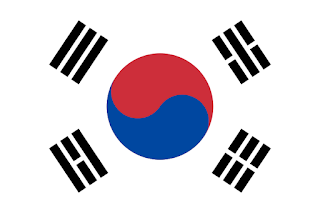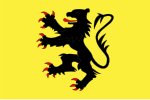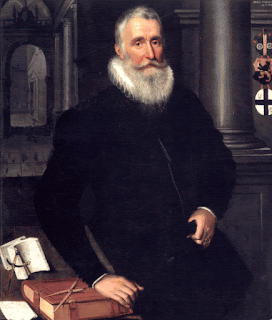Dutch was first spoken in the Korean peninsula in the seventeenth century. In 1627 the crew of the Dutch East India Company (VOC) ship, Hollandia, were blown off course, went onshore and were captured by local Korean inhabitants. Of these, only one, Jan Weltevree, lived into old age in Korea. In 1653 another VOC ship De Sperwer was also blown off course and shipwrecked with fifteen of the crew managing to reach the island of Jeju, to the south of the Korean peninsula. Some of them would eventually meet Weltevree exchanging words in Dutch. In 1666, several of the crew of De Sperwer managed to escape and eventually reach Japan. One of them Hendrik Hamel would return to Holland and publish a journal of his experiences in Korea.
There was little contact with Dutch until the Korean War when several thousand Dutch troops participated in the US-led UN forces. After the Korean War diplomatic relations were established between Netherlands and South Korea. In the 1970s a Bachelors programme in Dutch was established at Hankuk University in Seoul. This is still running with an annual intake of some 30 students.
There are Dutch loanwords in Korean language, which mostly entered the language via Japanese particularly as a result of the Japanese occupation of Korea 1910-1945, One commentator reckons that there are 65 Dutch loanwords in Korean. One example is kabang
(가방)
(bag). This comes from the Japanese kaban (かばん), which in turn comes from an old Dutch word kabas, meaning 'basket'. It may well also be that some technical terms, such as grammatical terms in Korean, owe something to Dutch via Japanese. For example, the Korean word for 'noun' is myeongsa (명사). This is formed of the same elements as the Japanese word for 'noun' meishi 名詞 which is a calque on the Dutch for noun naamwoord ('name word').
Ho-Min Sohn, The Korean Language. CUP, 1999, p.118.






